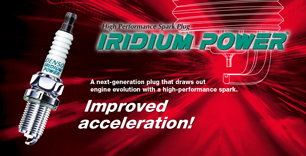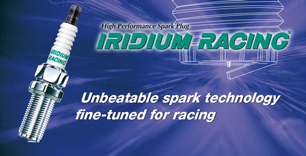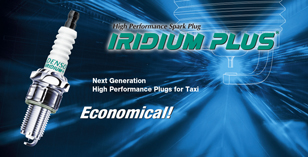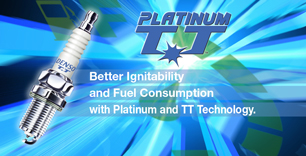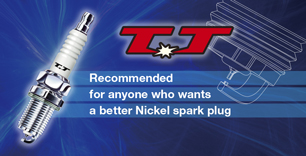Conditions that affect the discharge voltage
The discharge voltage changes drastically with various conditions.
The three factors with particularly large impact are the spark plug gap, the compression pressure, and the air-fuel mixture temperature.
Spark plug gap
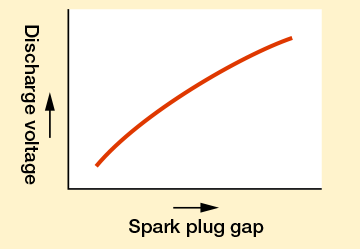
The discharge voltage rises in proportion to the spark plug gap.
The spark plug gap widens bit by bit as the electrode wears, so high discharge voltage becomes necessary and misfire occurs more easily.
Electrode shape
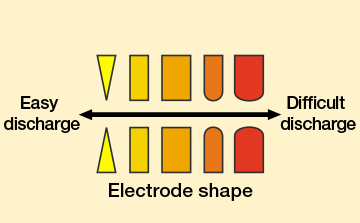
Even for the same spark plug gap, if there are edges on the electrode, discharge occurs more easily.
Older spark plugs have electrodes that have rounded, so discharge becomes more difficult and misfire more likely.
Compression pressure
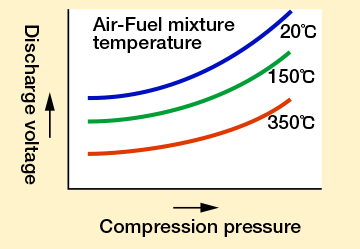
The discharge voltage rises in proportion to the compression pressure.
The compression pressure is higher for low speed and high load. Sudden acceleration for starting out fits these conditions, so higher voltage is required then and misfire occurs more easily.
Air-Fuel mixture temperature

The discharge voltage drops as the air-fuel mixture temperature rises.
The lower the engine temperature, the higher the required voltage, so misfire occurs more easily at low temperature.
Electrode temperature
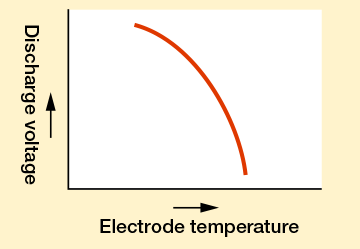
The discharge voltage drops as the electrode temperature rises.
The electrode temperature rises in proportion to the engine speed, so misfire occurs more easily at low speed.
Air-Fuel ratio
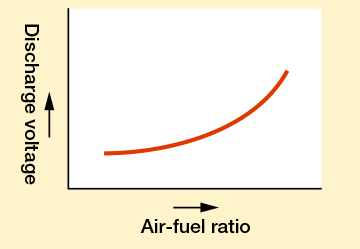
There is a tendency for the discharge voltage to be higher the leaner the air-fuel mixture (the larger the air-fuel ratio).
If the air-fuel mixture becomes leaner due to fuel system trouble misfire occurs more easily.
Humidity
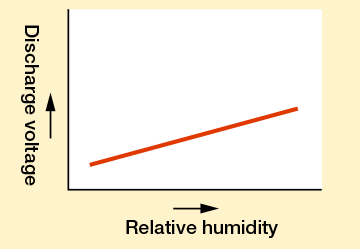
As the humidity rises, the electrode temperature decreases, so the discharge voltage becomes slightly higher.

